"Ludlow" Wall boxes for sub-post offices
James Ludlow and Son of Birmingham hold a unique place in postbox history. For 80+ years they were the main supplier of "economy" wall boxes for use in sub-post offices. This came about because any person taking on the role of Postmaster at an SPO without a pre-existing box was required to provide one at their own expense! This led to some rather wonderful locally made boxes, known as Carpenter's Boxes, coming in to use. To authenticate them, they were frequently adorned with an official Post Box plate which resembles those used on the Ludlow boxes.
|

A classical Ludlow installation at Shottisham Post Office in Suffolk. Boxes could also be installed in shop windows as well.
|
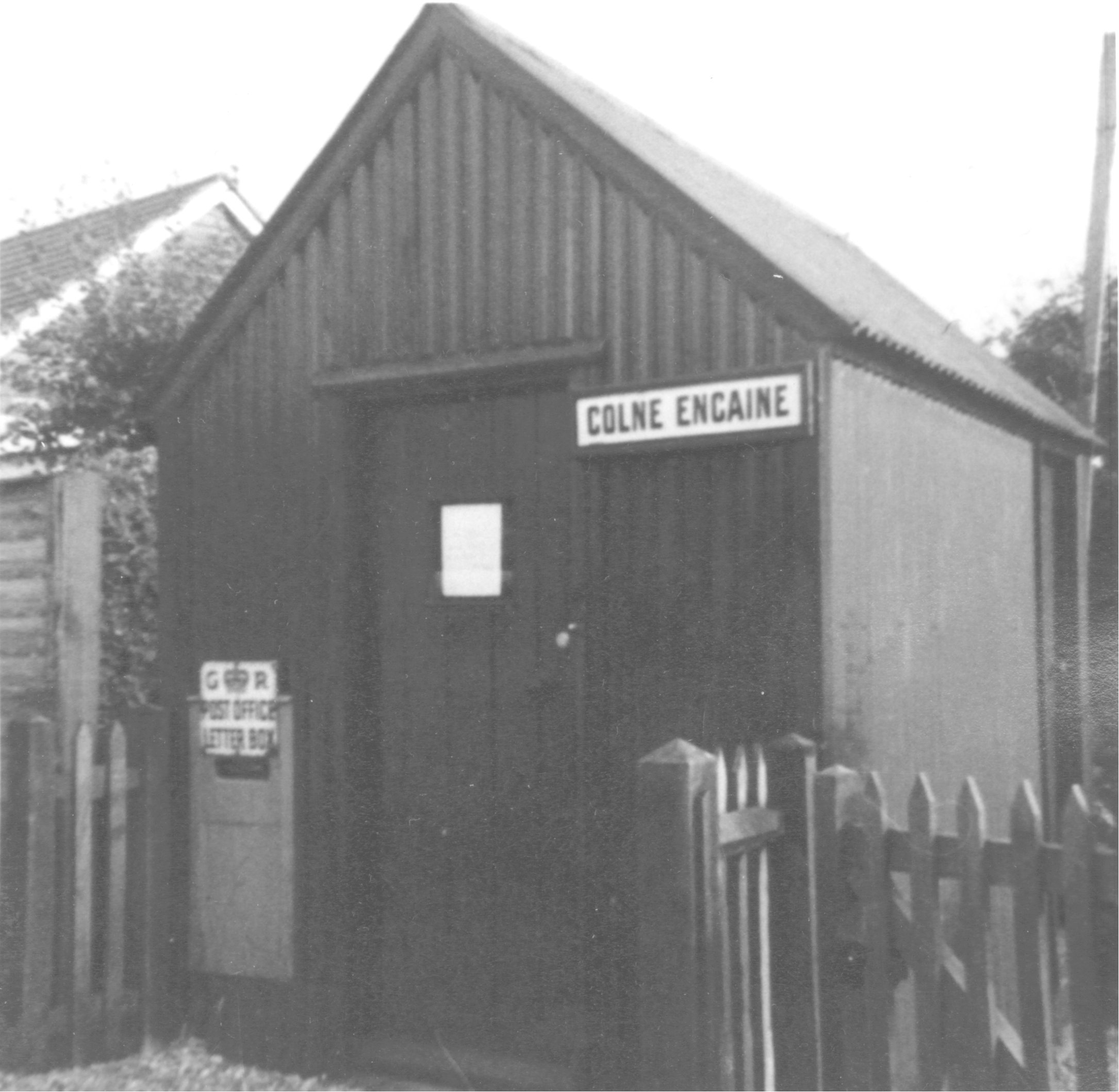
Colne Engaine Post Office in Essex showing a Carpenter's Box fitted with a GPO plate.
|
Real Ludlow boxes provided the answer for most sub-Postmasters as they were indeed economical and could be purchased from a natty little catalogue which showed the various types in use. For use in towns there was the larger size box with or without a "well" protuding below the bottom of the door, whilst in rural areas the smaller size predominated.
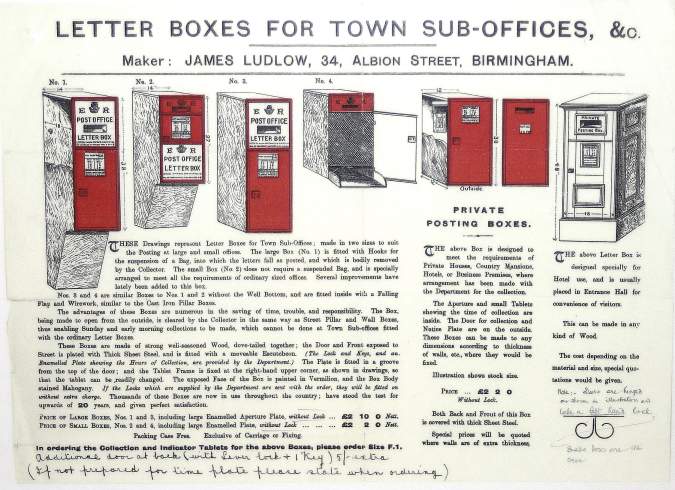 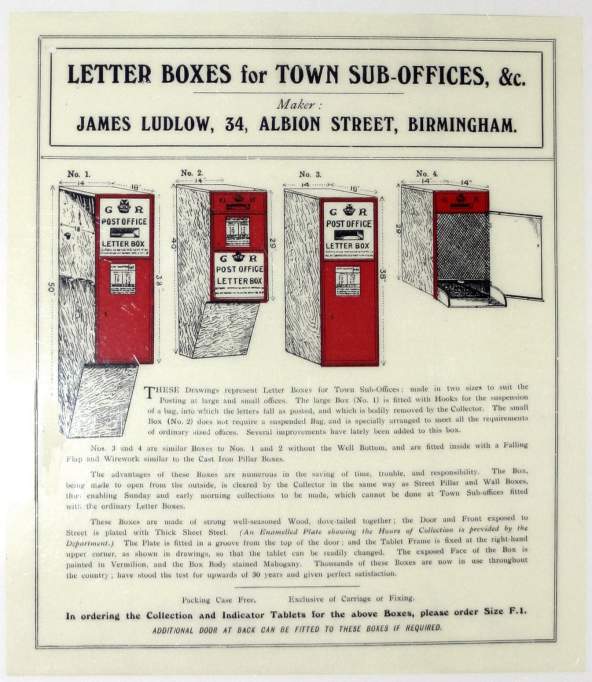
The popularity of the Ludlow design, cheap wooden construction faced with steel plate, a single casting for the aperture and an attractive enamel plate lead to more than 5000 being produced over the years. Today there are somewhat less than 300 in service and with the rapid demise of the sub-post office under Royal Mail's "network rationalisation", they are an endangered species. If anytrhing survives the closure and conversion of the former SPO, it tends to be the plate. Consequently we have a good selection in the Museum.
Click here to see examples of Ludlow boxes in use. As well as plates wealso have a good selection of complete Ludlow boxes, although we have had to replace a lot of rotten woodwork on some of them.
|
 
A selection of our Ludlow plates. Those with aperture slots are from the larger long door boxes. The EiiR plate from 1952 was the last to be issued. From 1953, a cast iron plate was used on the door (sse example below). The EviiiR plate is one of 4 replicas of the only known plate at Bawdsey, Suffolk made in 1999.
|
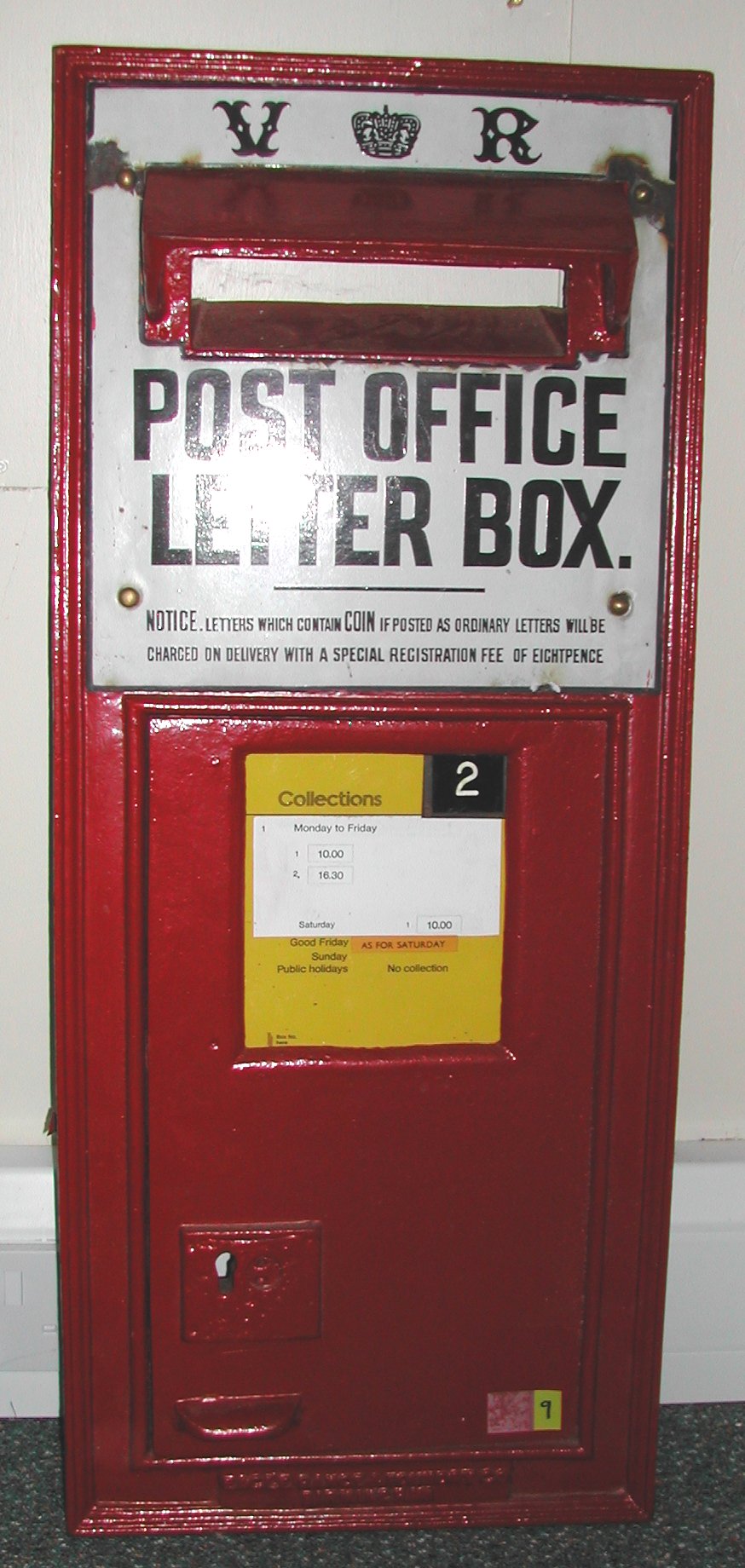
Whilst not strictly a "Ludlow", as these boxes were made by Eagle Range & Foundry, they do share many design similarities and are grouped with Ludlows for classification purposes.
|
From 1953 the enamel plate was replaced by a simple casting on the door reading Post Office. As a consequence, enamel plates from the reign of Elizabeth II are extremely rare, with only around a dozen left in service. Scottish Ludlows have almost been eradicated with a recently discovered example in Dunfermline proving a useful exception. .James Ludlow & Son ceased the manufacture of boxes in 1965.
|
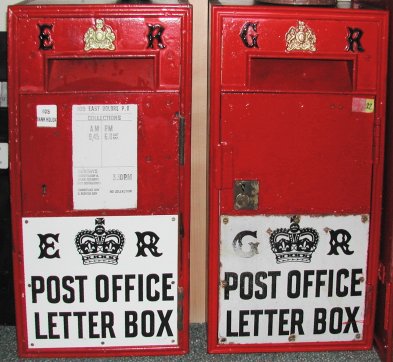
Edward VII and early George V
|
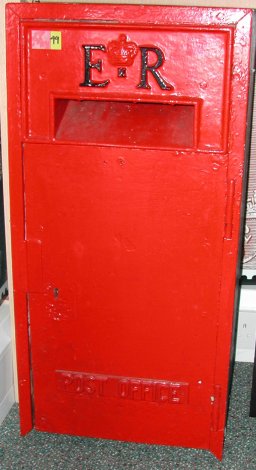
Later Elizabeth II with cast plate
|

Later George V (Higher crown above aperture) with rare replacement plate without cipher.
|
|
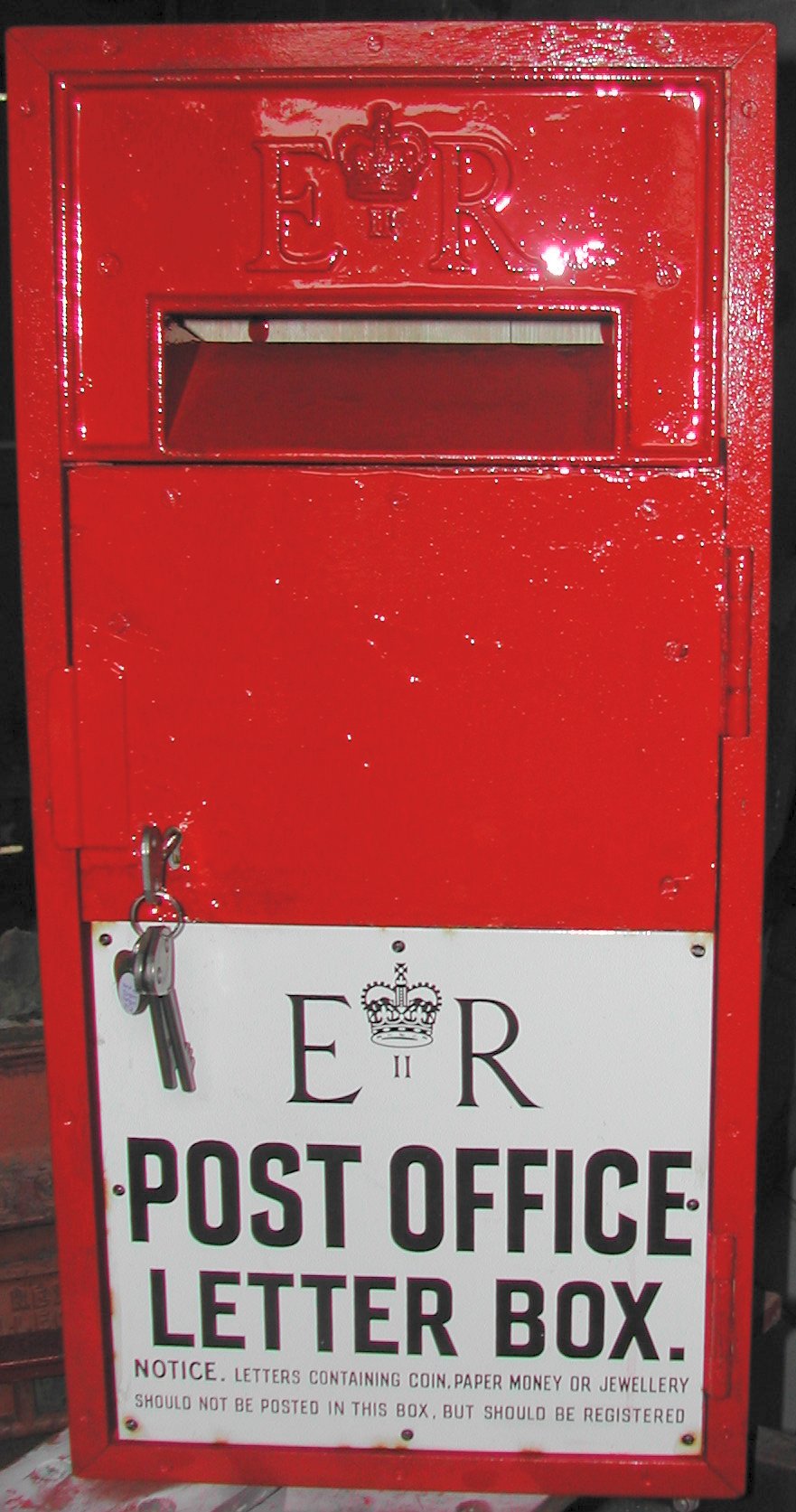
The Earliest EiiR Ludlow feature the full enamel plate. This composite box has been assembled from parts of several withdrawn examples.
|
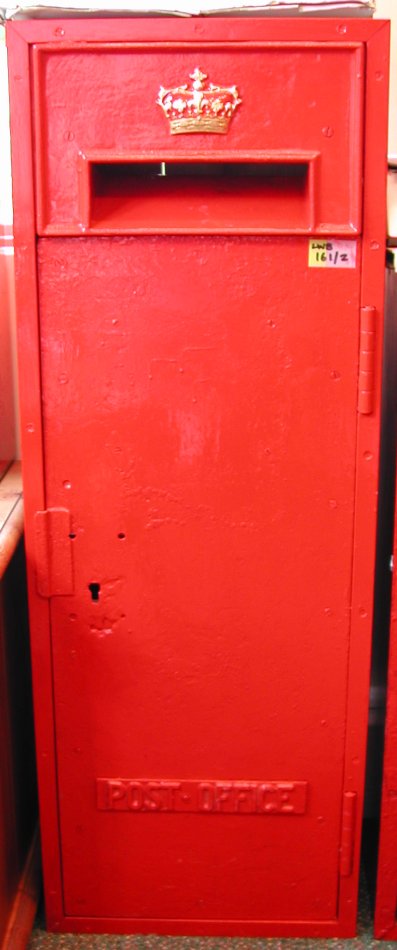
The Prersent Monarch is not Elizabeth II in Scotland; Elizabeth I having reigned before the Act of Union in 1706. Therefore boxes for use in Scotland, including this Ludlow, show the St. Andrews crown only.
|
|
To see how the Ludlow boxes were used around the country, why not take the Ludlow Tour of Britain?
Back to top
|